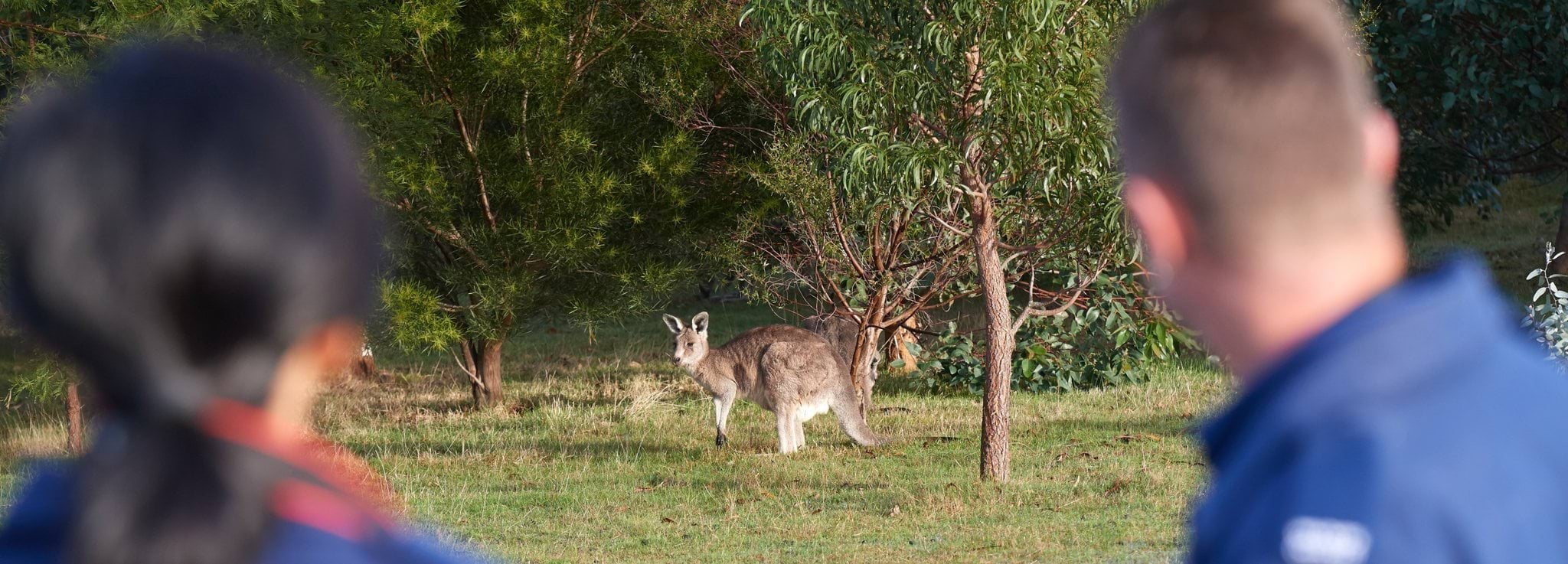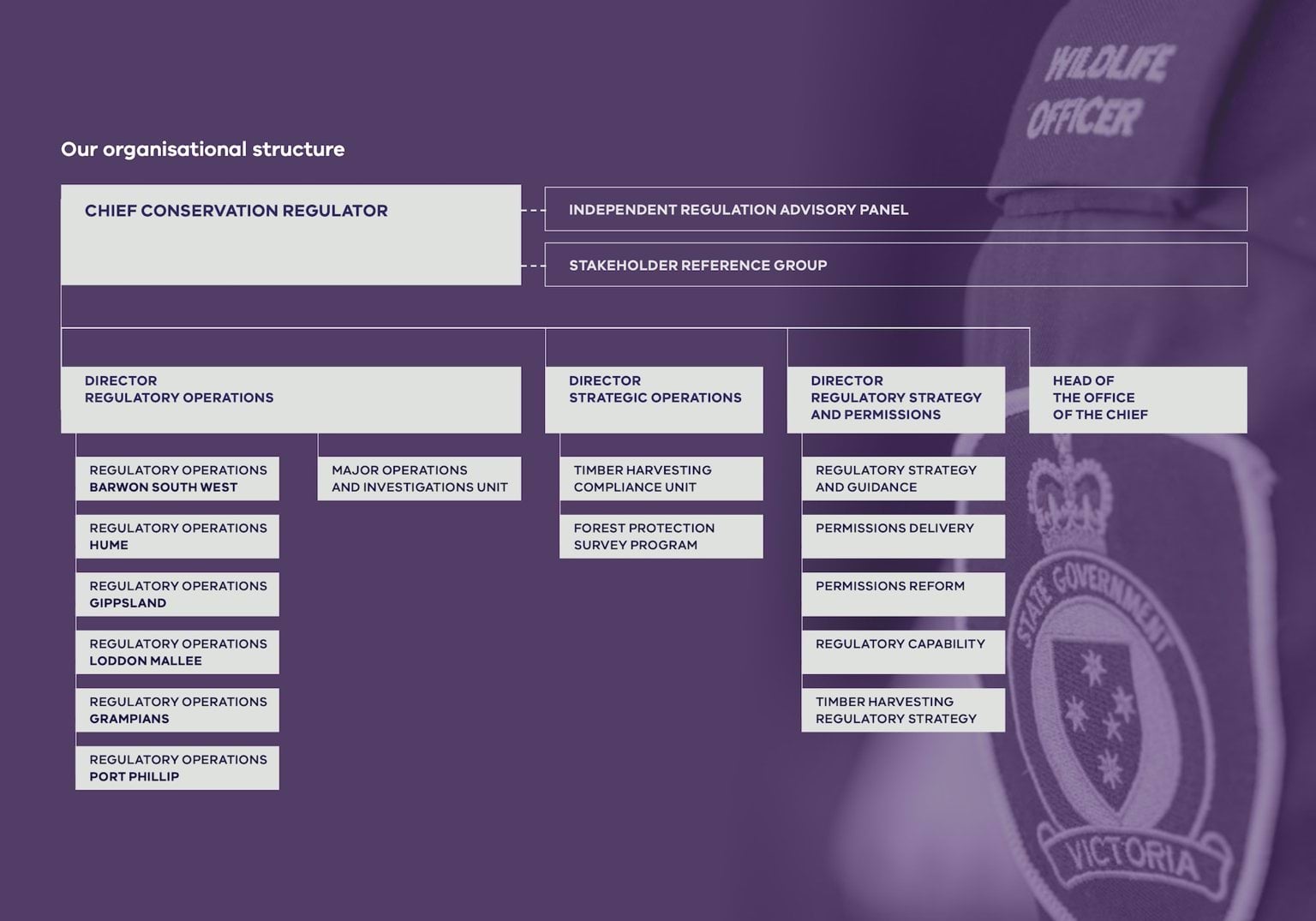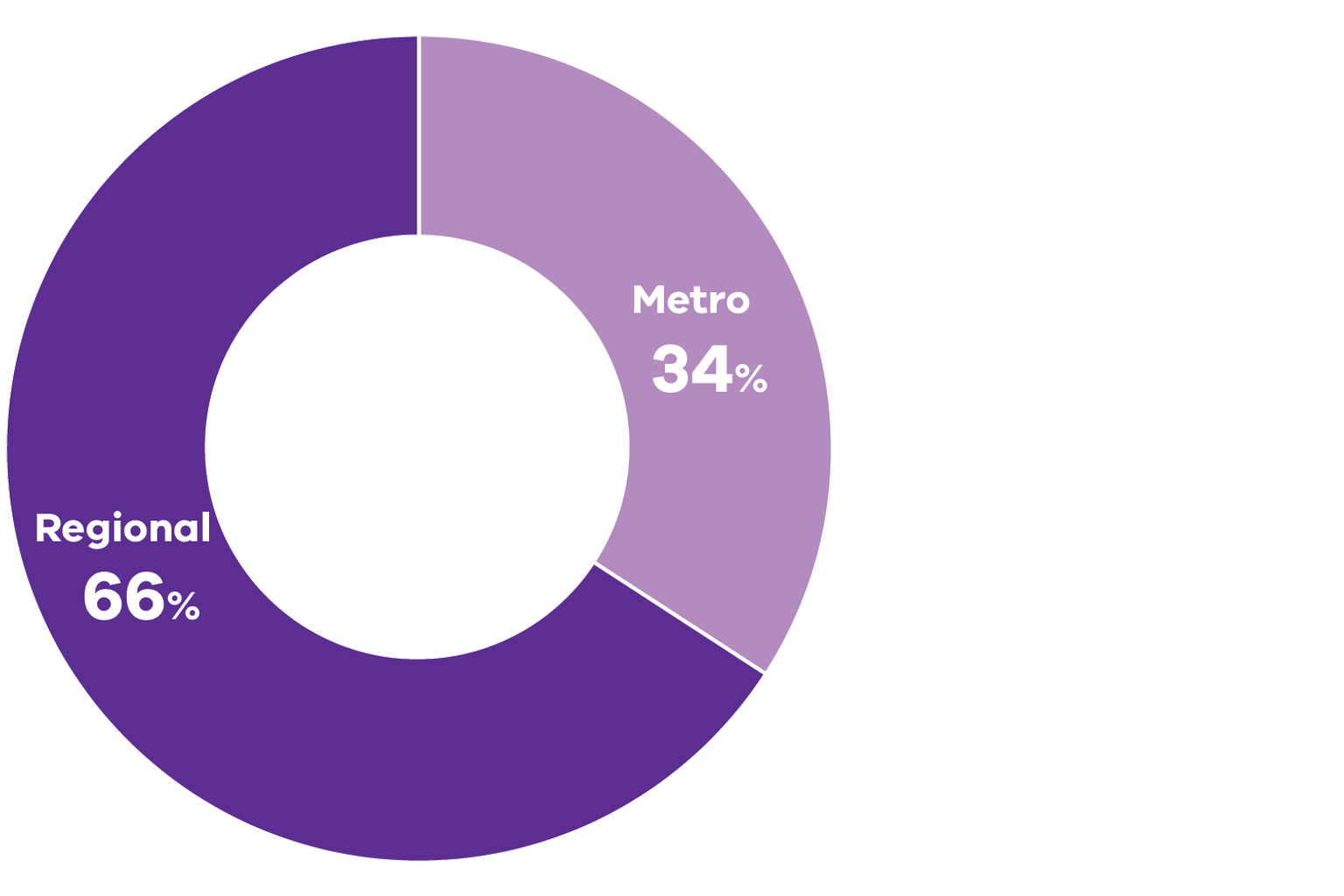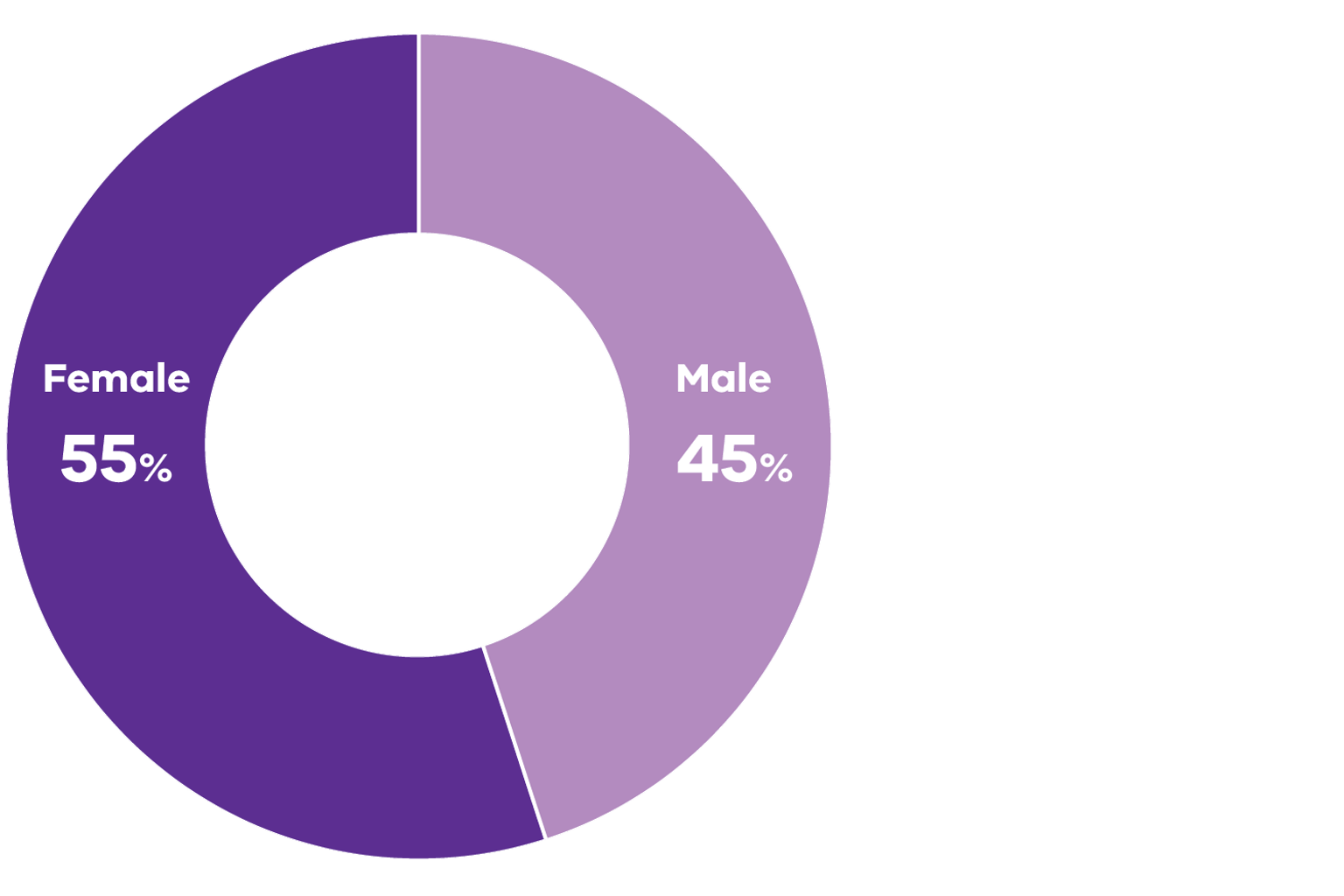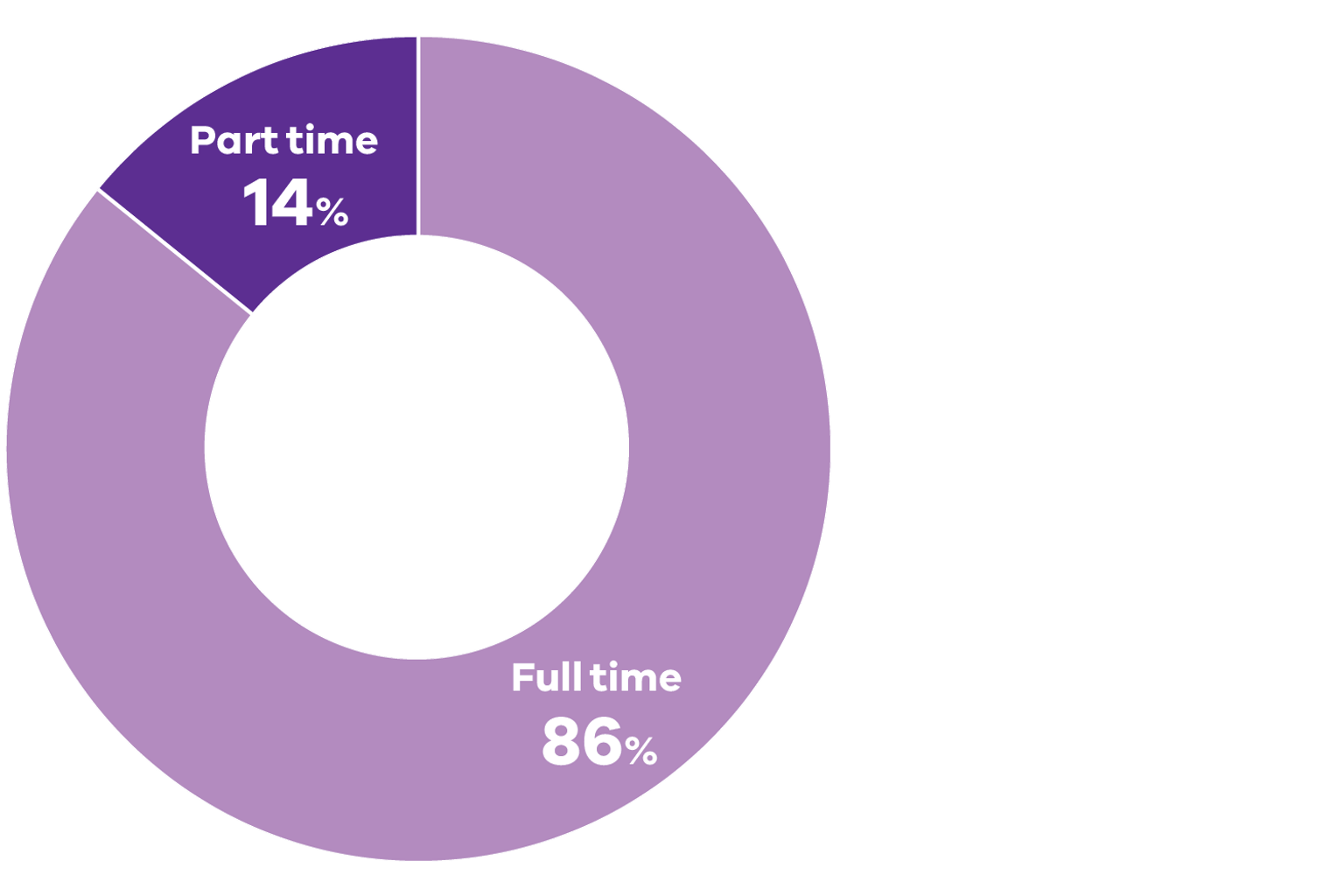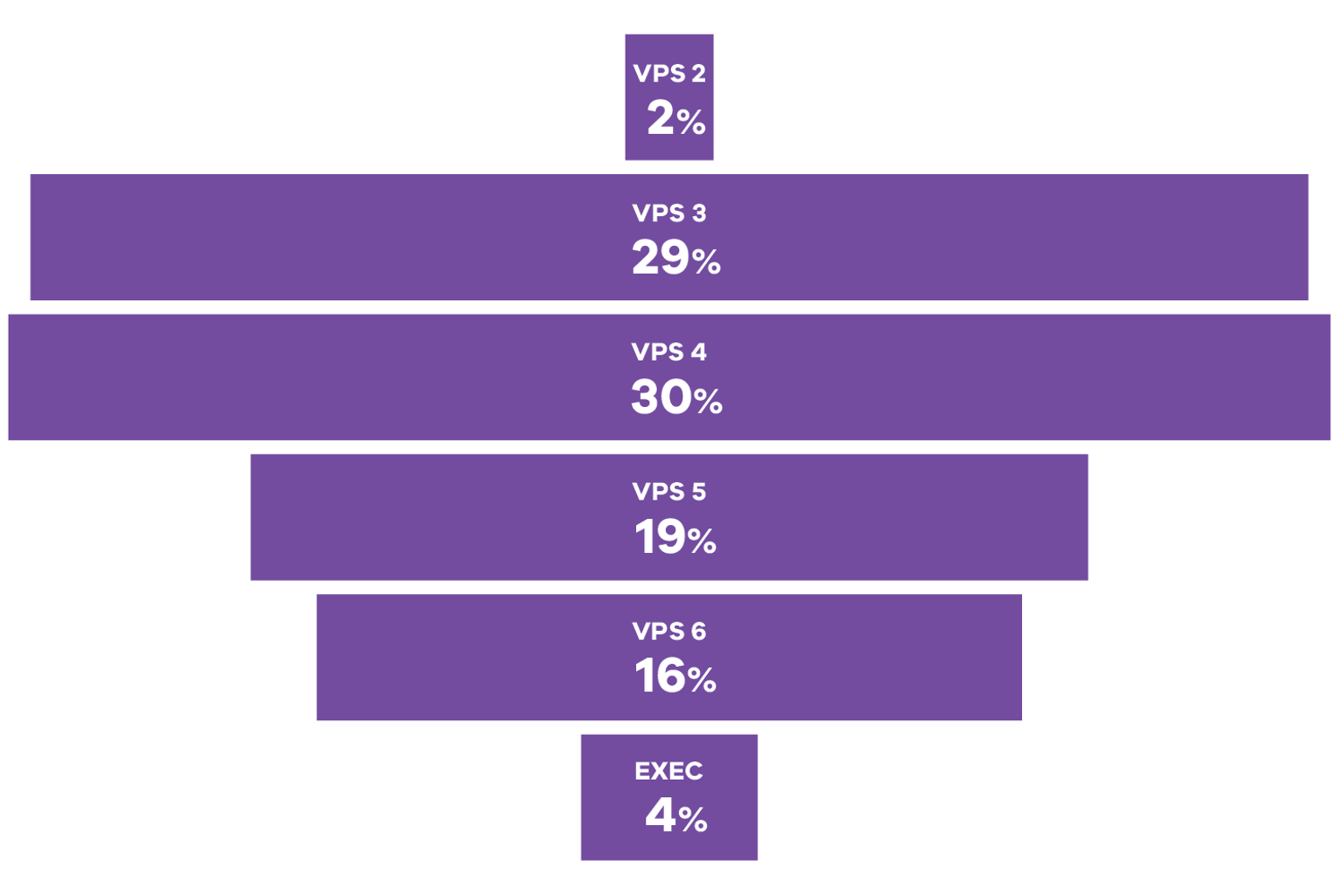The Conservation Regulator has more than 130 staff spread across the six DEECA regions of Victoria. Our staff perform both operational and strategic roles, working together to provide vital services to our community.
The Conservation Regulator Executive Leadership Team assumes a pivotal role in guiding the governance of the Regulator. Supported by internal governance structures, the Executive Leadership Team provides advice and support that enables the Chief Conservation Regulator to fulfil the Chief’s responsibilities, and oversees the areas of strategy, finance, risk, people and culture, information systems and operational performance.
Our organisational structure
The Conservation Regulator is led by the Chief Conservation Regulator and is comprised of four business units:
Regulatory Operations Branch
The Regulatory Operations branch leads and coordinates state-wide regulatory service delivery. Branch staff are responsible for conducting complex risk assessments, harm prevention campaigns, audits, inspections, investigations, and intelligence functions. The branch delivers strategic and effective risk-based and intelligence-led approaches to compliance for biodiversity, fire prevention, and use of public land through implementation of best practice frameworks, policies and supporting procedures and guidelines. The branch builds community confidence in the regulatory practices of DEECA, by implementing an open and transparent approach to information-sharing and decision-making, and by engaging with communities to inform how and where regulatory effort is targeted to address the greatest risks of environmental harm.
Strategic Operations Branch
The Strategic Operations Branch oversees key operational activities relating to timber harvesting and delivers on the strategic priorities of the Conservation Regulator. This includes the Timber Harvesting Compliance Unit and the Forest Protection Survey Program.
Regulatory Strategy and Permissions Branch
The Regulatory Strategy and Permissions Branch leads the provision of regulatory strategy, information and guidance, and capability development. It undertakes reform and delivery of regulatory permissions (licences, permits and authorities). The branch works closely with the Regulatory Operations and Strategic Operations branches to ensure its work can be effectively implemented and to support efficient, effective, and transparent regulatory service delivery.
Office of the Chief
The Office of the Chief leads and delivers on strategic projects, issues management, reporting, media and communications, stakeholder engagement and partnerships, as well as coordinating business planning and culture development functions. The Office of the Chief works with other Conservation Regulator branches, the Office of the Deputy Secretary, DEECA’s regional and corporate media and communications units, and co-regulators to support our mission and regulatory obligations.
Our people
The Conservation Regulator is committed to investing in the development of our people who underpin the delivery of our regulatory activities.
2022-23 initiatives
Capability Framework
Launched our Capability Framework to provide an overview of the capabilities, knowledge, behaviours, and skills required across the Conservation Regulator and to support individual and organisational learning and development.
Regulatory Foundations Program eLearning
Developed our Regulatory Foundations Program eLearning program to ensure all staff have a foundational awareness and understanding of our role as a regulator and the regulatory context that we operate in.
Authorised Officer training programs
Created a range of mandatory and fit-for-purpose training programs on the regulatory requirements of our Authorised Officers, including training courses on legal and investigation, wildlife handling and restraint, and Certificate IV in Government Investigations.
Core priority documents
Developed several core priority documents to ensure our people understand the regulatory standards required to perform their roles and make good regulatory decisions.
Figures for staff with declared gender of self-described are not reported separately to protect individual privacy.
Advisory groups
Independent Regulation Advisory Panel
The Conservation Regulator’s Independent Regulation Advisory Panel (IRAP) is comprised of three members who are experts in the field of environmental regulation who work together to provide the Conservation Regulator with independent expert advice on best practice approaches to regulation.
In 2022–23, IRAP met four times and:
- Provided advice on best practice regulation.
- Provided advice on implementation of the Conservation Regulator’s Monitoring, Evaluation and Reporting Framework.
- Provided advice on the Conservation Regulator’s settings for regulatory policy and governance, and operational oversight.
- Reviewed matters referred to them by the Chief Conservation Regulator.
Stakeholder Reference Group
The Conservation Regulator’s Stakeholder Reference Group (SRG) provides advice and support to the Conservation Regulator to assist our mission in being an effective, trusted, best practice regulator for the Victorian community and environment.
The SRG includes representatives from environmental non-governmental organisations, industry, local government, and community organisations. During 2022–23, the SRG met as a group four times, and each member engaged with the Conservation Regulator on matters of individual interest.
In the past year, the group has provided feedback and advice on:
- Improvements to the design of regulatory and compliance programs.
- The delivery of regulatory compliance and enforcement interventions in accordance with current legislation.
- Actions the Conservation Regulator can take in response to internal and external reviews.
- Our communication and engagement approach by providing learnings and innovative opportunities.
- Our regulatory role in different government programs.
- Ideas for our future regulatory priorities based on their industry experiences.
- Supporting our growth as an increasingly mature regulator and suggesting opportunities for improvement.
Updated
